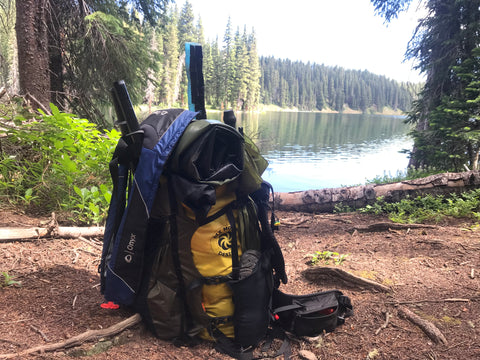
The Grand Mesa is the world’s largest flat mountain encompassing over 500 square miles. Towering 6,000 feet over Grand Junction, Colorado at an average elevation of 10,000 feet it contains over 300 lakes and just as many miles of Trails, ATV tracks, and 4x4 roads. The Mesa is part of the 646,555-acre Grand Mesa National Forest and is accessible by paved roads. It contains lodges, cabins, and campgrounds and has dispersed camping. In the winter it has miles of cross-country ski trails, snowmobile routes, and on its northern side, the Powderhorn ski resort. The area is not that well known and lightly traveled.
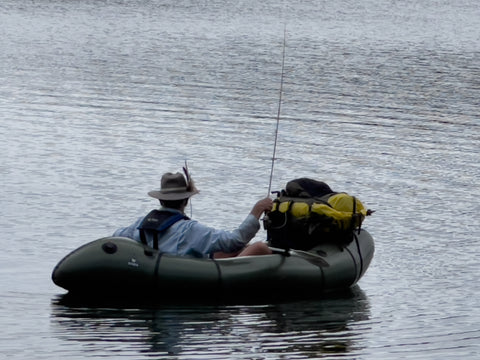
Contrary to its designation as a flat mountain, the Grand Mesa is not flat! The high point is 11,319 feet. The mesa was formed 10 million years ago by volcanic activity and erosion from the Gunnison and Colorado rivers. A top layer of basalt rests on a layer of shale and sandstone that has eroded leaving ridges and valleys with lakes, rivers, and streams. After years of trekking and fishing in western Colorado, I had yet to discover and explore this “hidden” gem.

I’ve recently started hiking with a pack raft and this area seemed like a perfect place to put it to use. The Alpacka Caribou weighs 5 lbs and is designed with lashdowns to carry a load on the front. The 4 piece paddle weighs 2 pounds and it all fits nicely into the Six Moon Flex PR backpack. I also carried a 4 piece 5 wt. Flyrod, PFD, net, and flies with assorted tackle in a SMD packing pod. Add on camping gear and 5 days of food until resupply, the backpack far exceeded my expectations.

I began this 12-day adventure (7/19/23) in the Mesa Lakes region on the western side of the Grand Mesa. This is an area of lakes with connecting trails and I’m dropped off at Mesa Lake with its campground, Lodge with cabins and surrounding lakes. This is my first time using the new raft and a perfect time to practice and develop a system for getting in and out of the raft and securing the load. It was time to paddle and fish Mesa Lake on a beautiful day with 2 bald eagles watching me release 2 Brook and 3 Rainbow trout. I packed up and hiked a few miles to South Mesa Lake, found a stealth campsite, and inflated the raft for an evening fish. 2 brook and 1 rainbow later the mosquitos were bad and I retreated to my SMD Skyscape Trekker, my favorite 1 person 2 vestibules 2-pound shelter that uses my hiking poles. I left the raft inflated and fished again the next morning then deflated it, rolled it, and packed up hiking on to the next lake or campsite. This was my routine for the next 5 days.
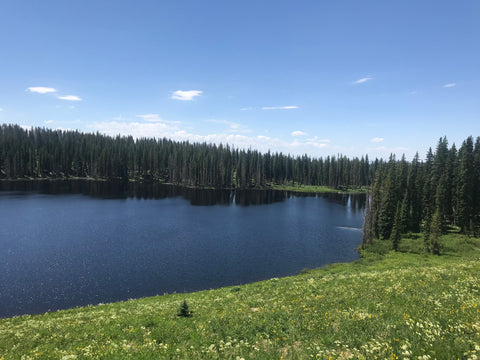
I fished Sunset, Beaver, and Jumbo lakes and the next days and was hiking the dirt road to Waterdog Lake slightly confused about where I was when a person drove by, turned around, and came back, “Are you Hawkeye?” is always good to hear and it was Teresa, a former Trail Angel from Lake City on the CDT. Small hiking world stuff and she put me on the right road to the lake.

After Waterdog and then Griffith Lake, I picked up Lake of the Woods Trail to the Bull Creek Reservoir area where I camped for 2 days and fished the nearby lakes. No need to deflate the raft but I have to leave it in the shade or the pressure inside will build too high from the heat of the sun. I can carry it inflated to nearby waters. There were some day hikers and campers in this popular area and several reservoirs to fish in. The fishing was slow, 2 rainbow trout.

I continued down the Lake of the Woods Trail to reach Cottonwood Lake #1. It’s a big lake and I’m supposed to meet Gohawkeye.org friends and supporters. Years ago I turned my adventures into fundraisers for charity just like this one. I co-founded the 501(c)3 non-profit Gohawkeye to help athletes with disabilities get sports equipment and experiences. Every year we meet up for a “Fish Camp” to hang out for a couple of days, rest,eat, drink and resupply. The trail takes me to the far shore where I switch over to lake travel mode. My inflatable raft comes with a large sil-nylon bag to capture air. Open the bag up to fill it, twist the top closed, and roll the bag down forcing the air into the raft through the valve. It takes 9 bags to do the job then you top it off with a couple of breaths and close the valve. I switched to sandals, and a rig for fishing, loaded the pack, and hit the water. I’ll paddle across and fish on the way and keep a lookout for our camp on the other side. The fishing is so good it makes my travel slow. The crew has a nice campsite in the Cottonwood campground and the Fish Camp is on! After a couple days of rest, merriment and fishing, I part company with the group then paddle and fish back across the lake eventually linking up with the trail I hiked in on.

I’ll hike the Cottonwood lakes Trail until it meets the Crag Crest National Recreation Trail then I head east for 6 miles along this “knife edge” ridge. The views are awesome and a chance to see an overview of the surrounding land is a treat. I camped at Butts Lake but no trout. That’s why it’s called fishing not catching. The next morning I head down to Eggleston Lake and the Crag Crest campground where the fishing is especially good on the eastern side of the lake. Down the road is the tiny town of Grand Mesa and several more lakes that are almost connected and easy to portage. In the next couple of days I’ll get picked up and head home but I’m already planning a return trip to the eastern side of the Grand Mesa and continue trekking for trout.
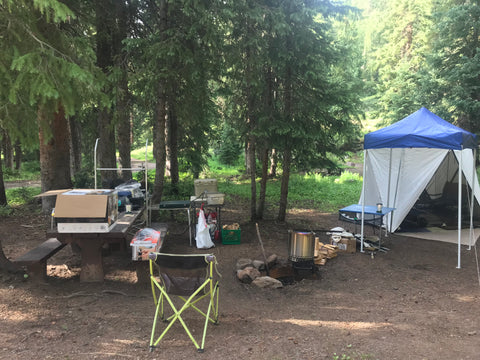
The gear I used really made this trip very comfortable. The Flex PR backpack continues to amaze me while inside I used various sized SMD pack pods to organize. The Skyscape Trekker, self seam sealed using Allgood’s video, is my go-to shelter and I’m never without my Rain Walker SUL umbrella. Other items offered by SMD include a PolyCro footprint, Loksak h2o and odor barrier bags, Deuce of Spades, Sawyer gravity bag system and those handy Nite Ize twist ties for my electronic cords.



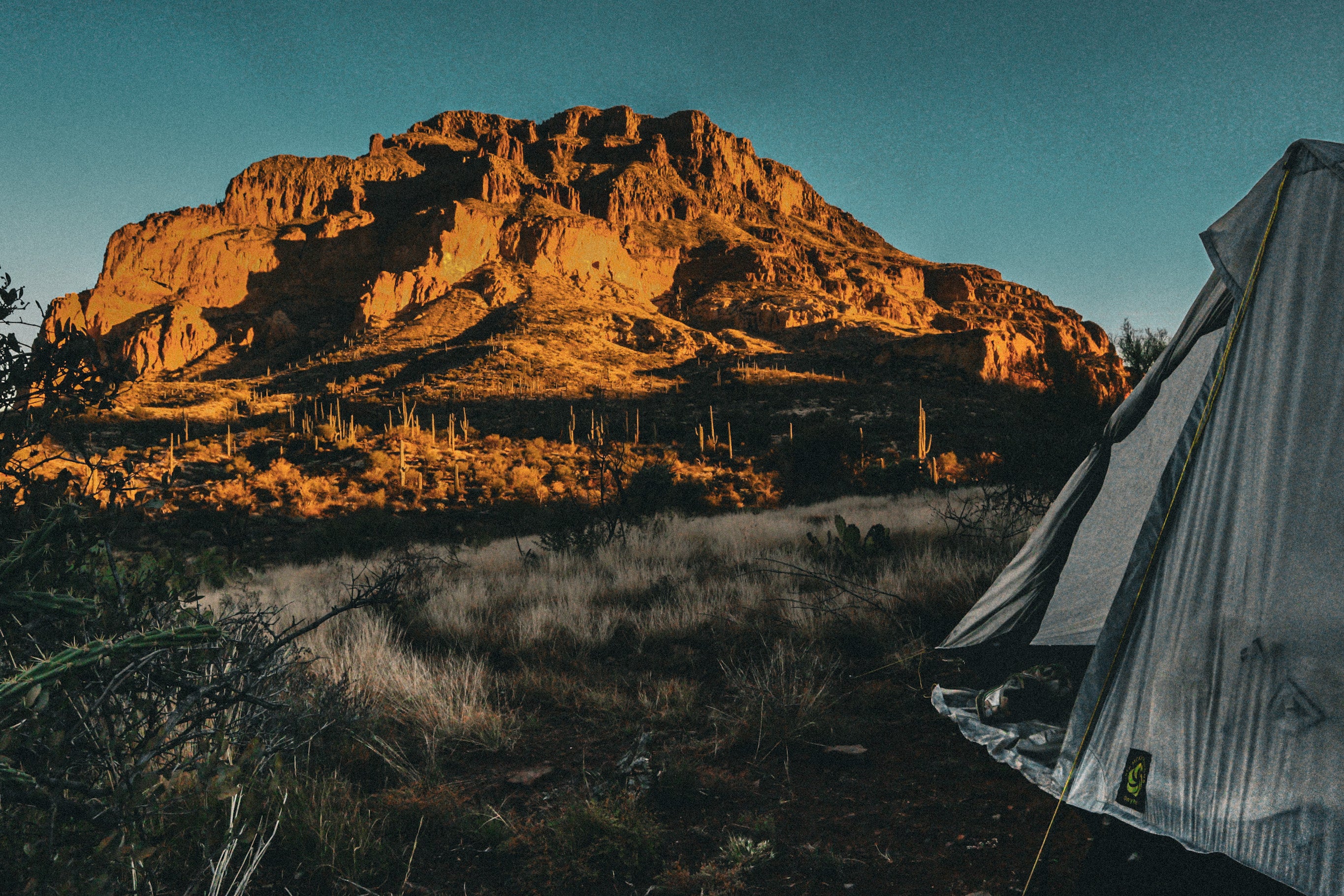
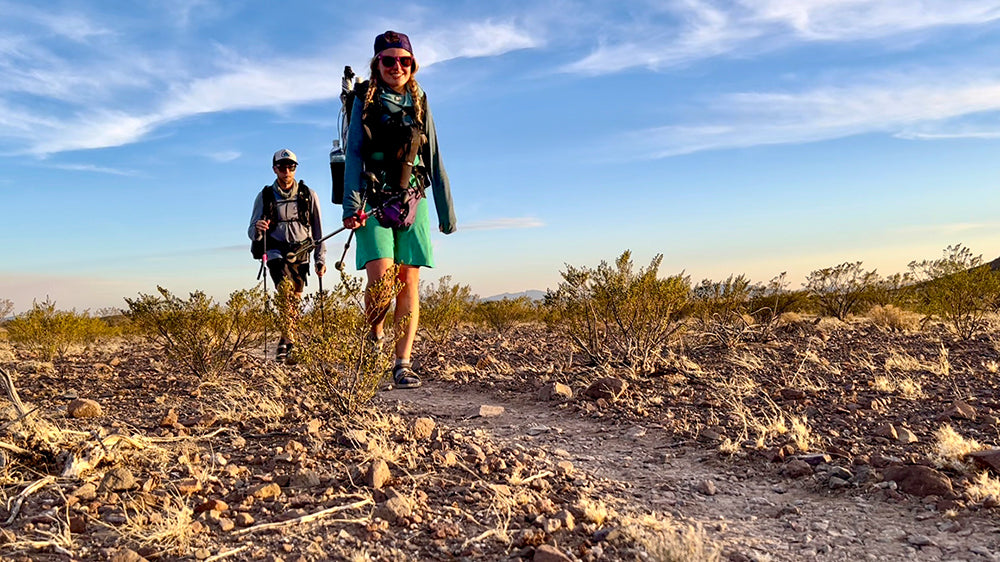
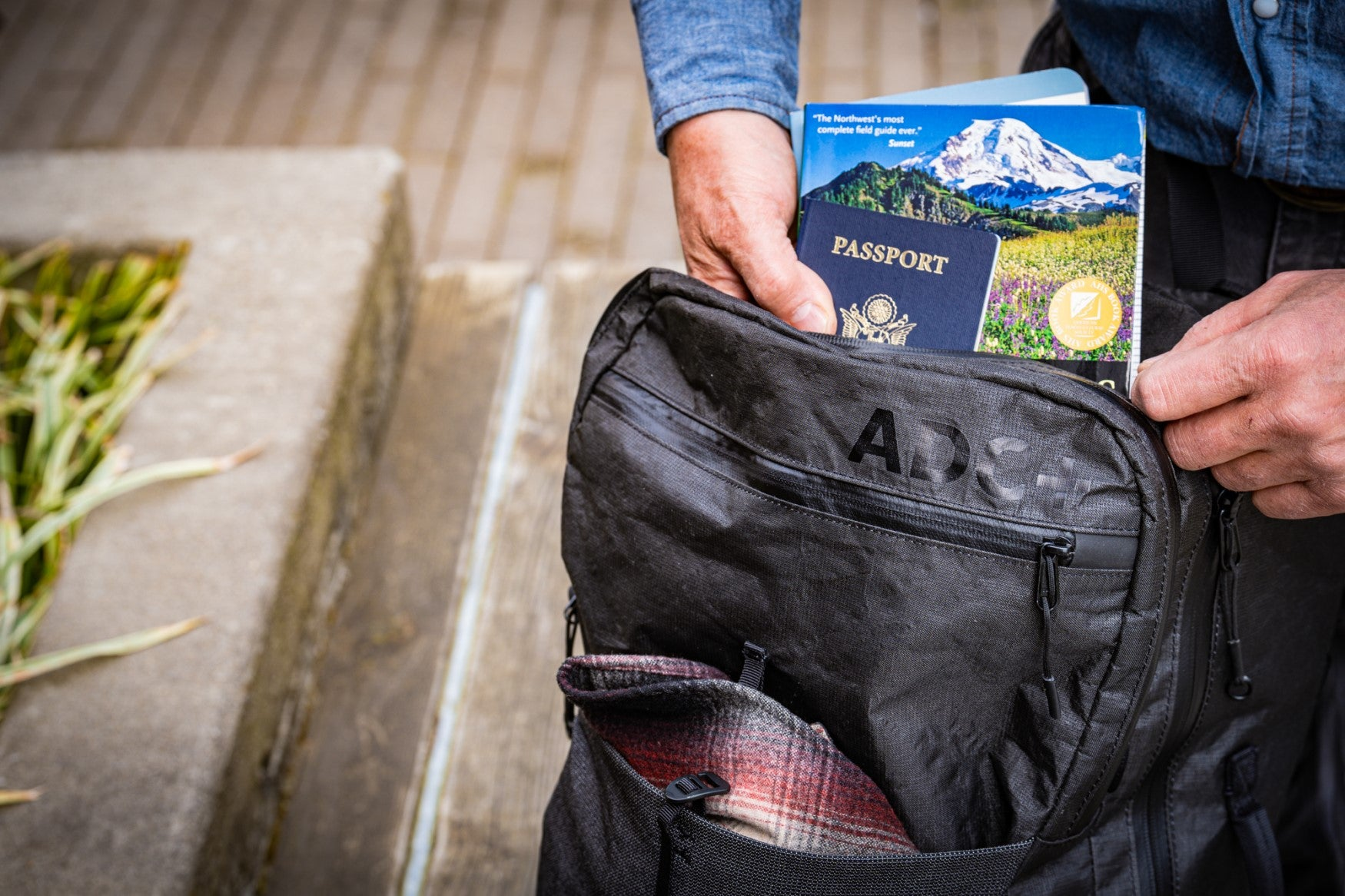
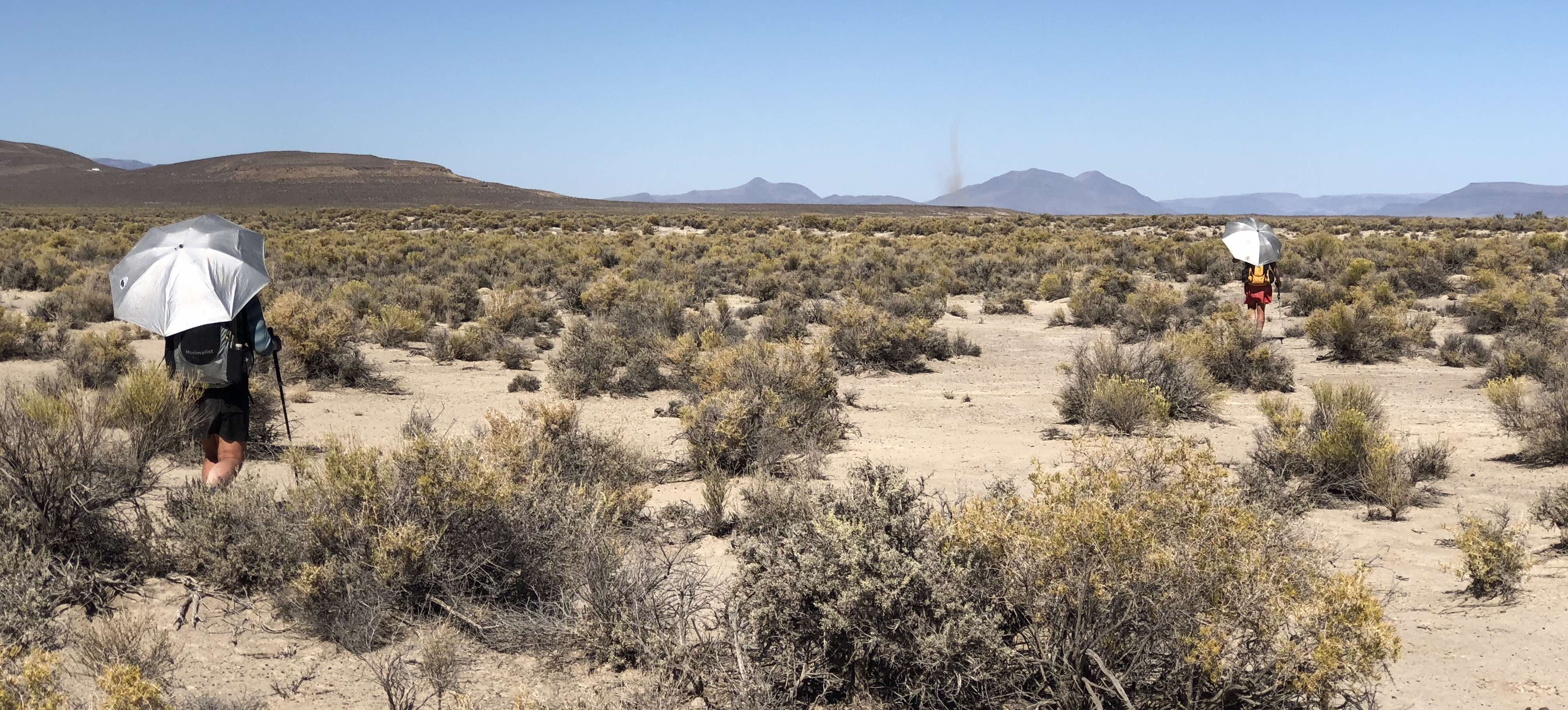
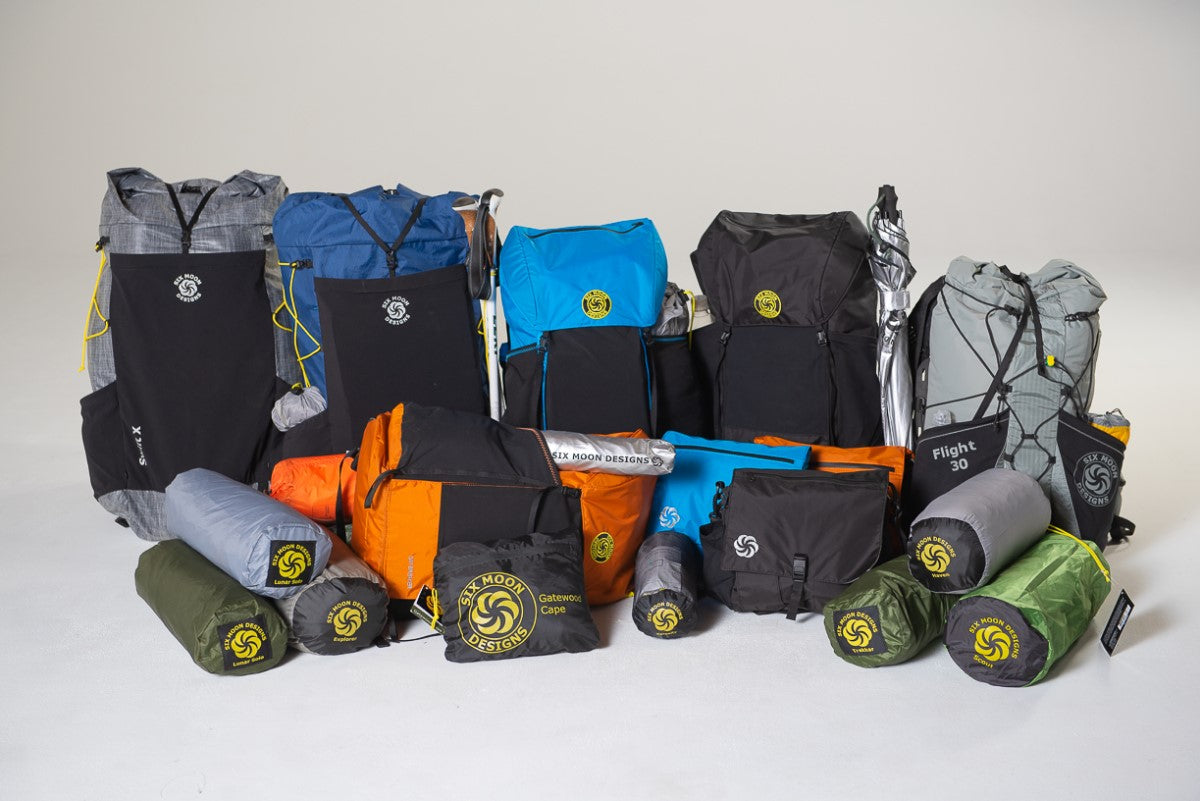
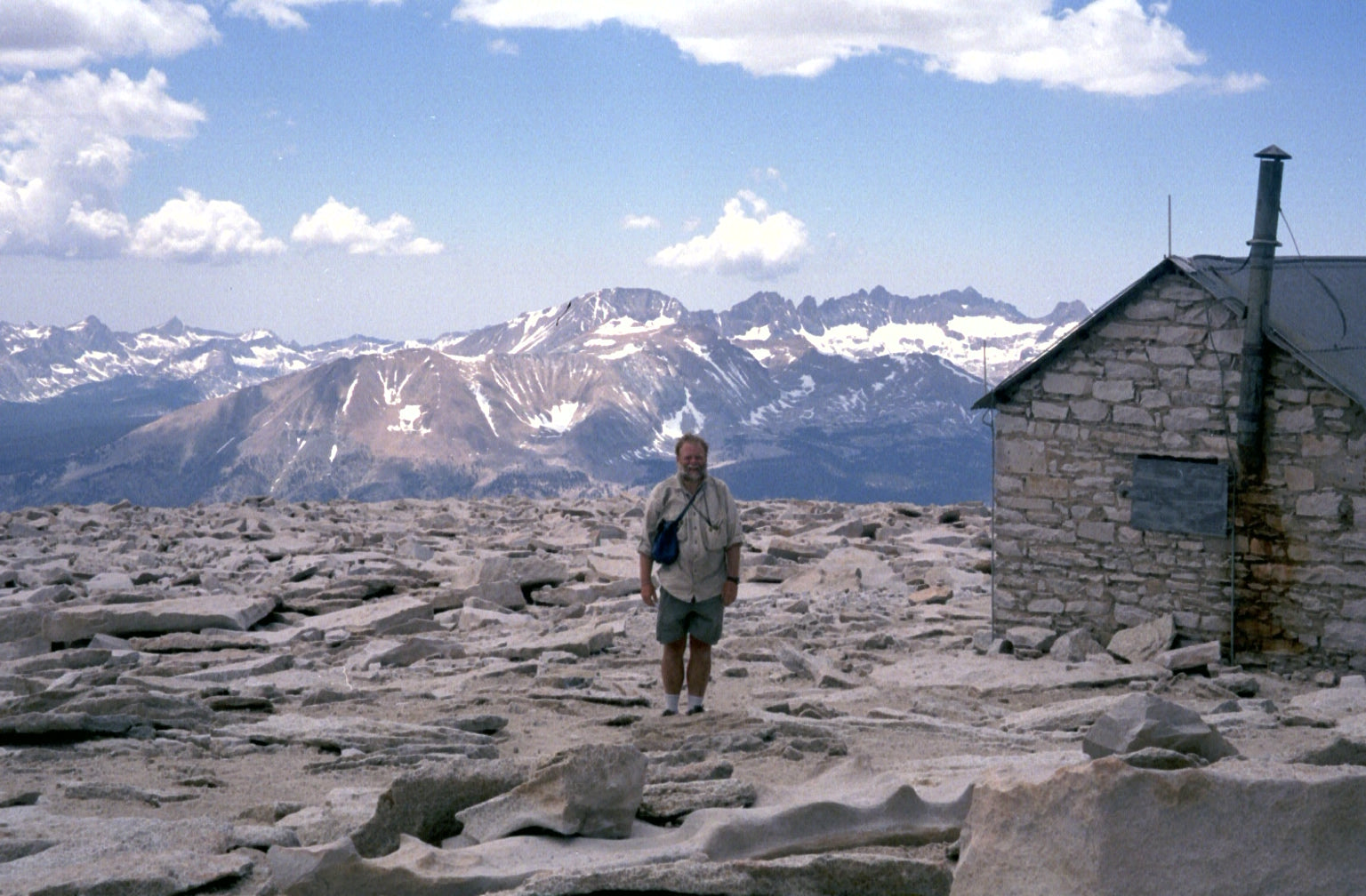
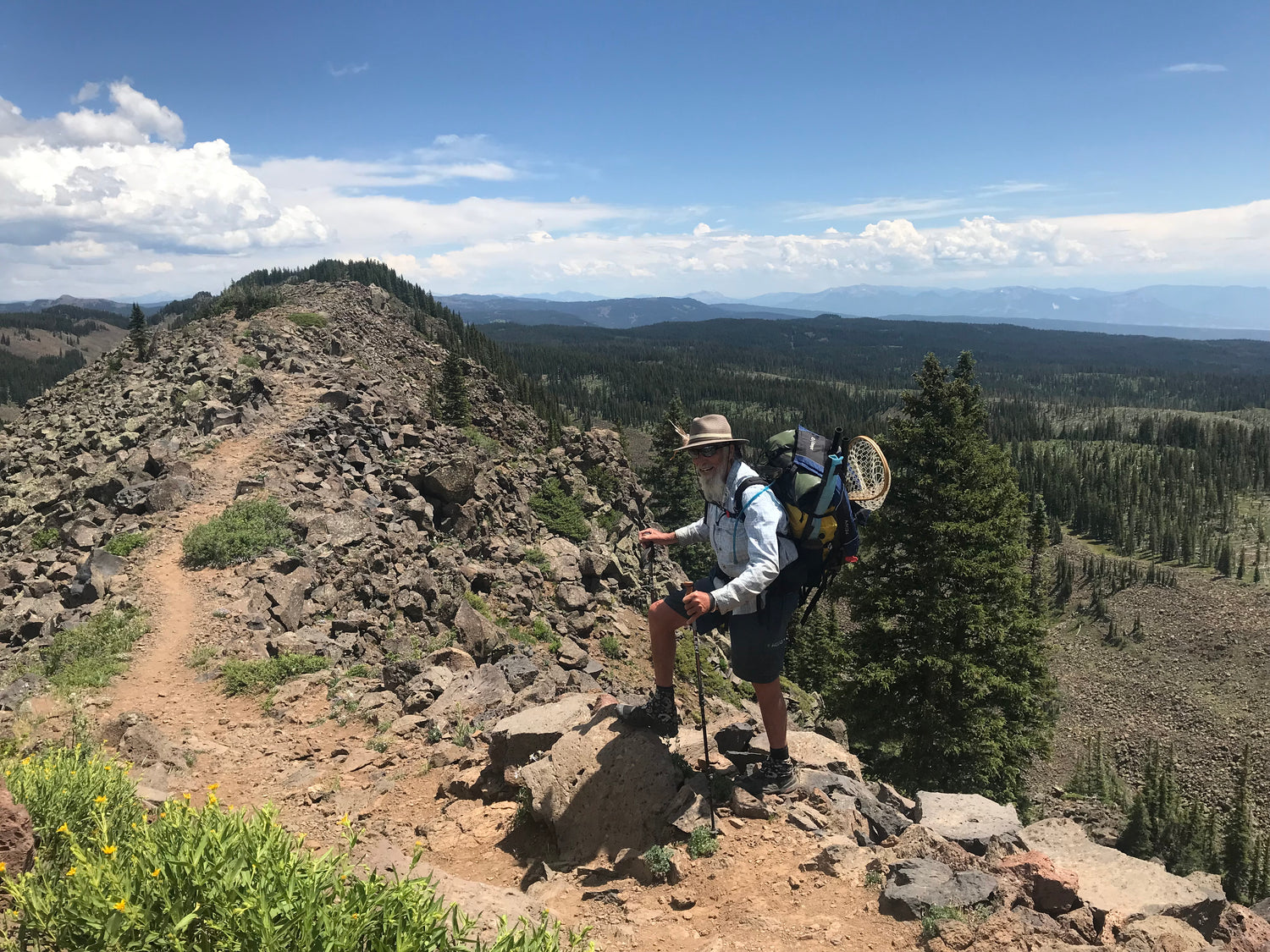
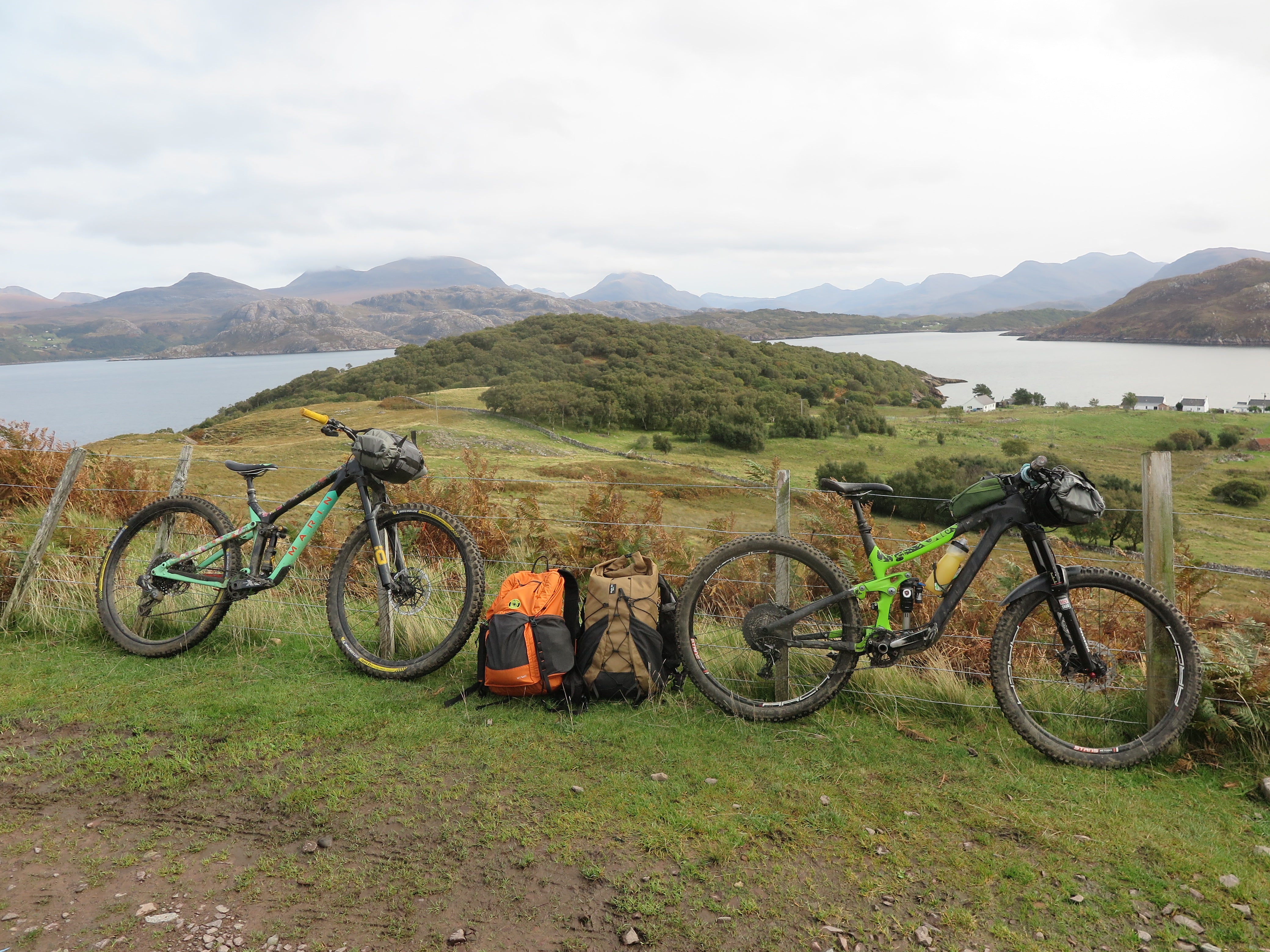
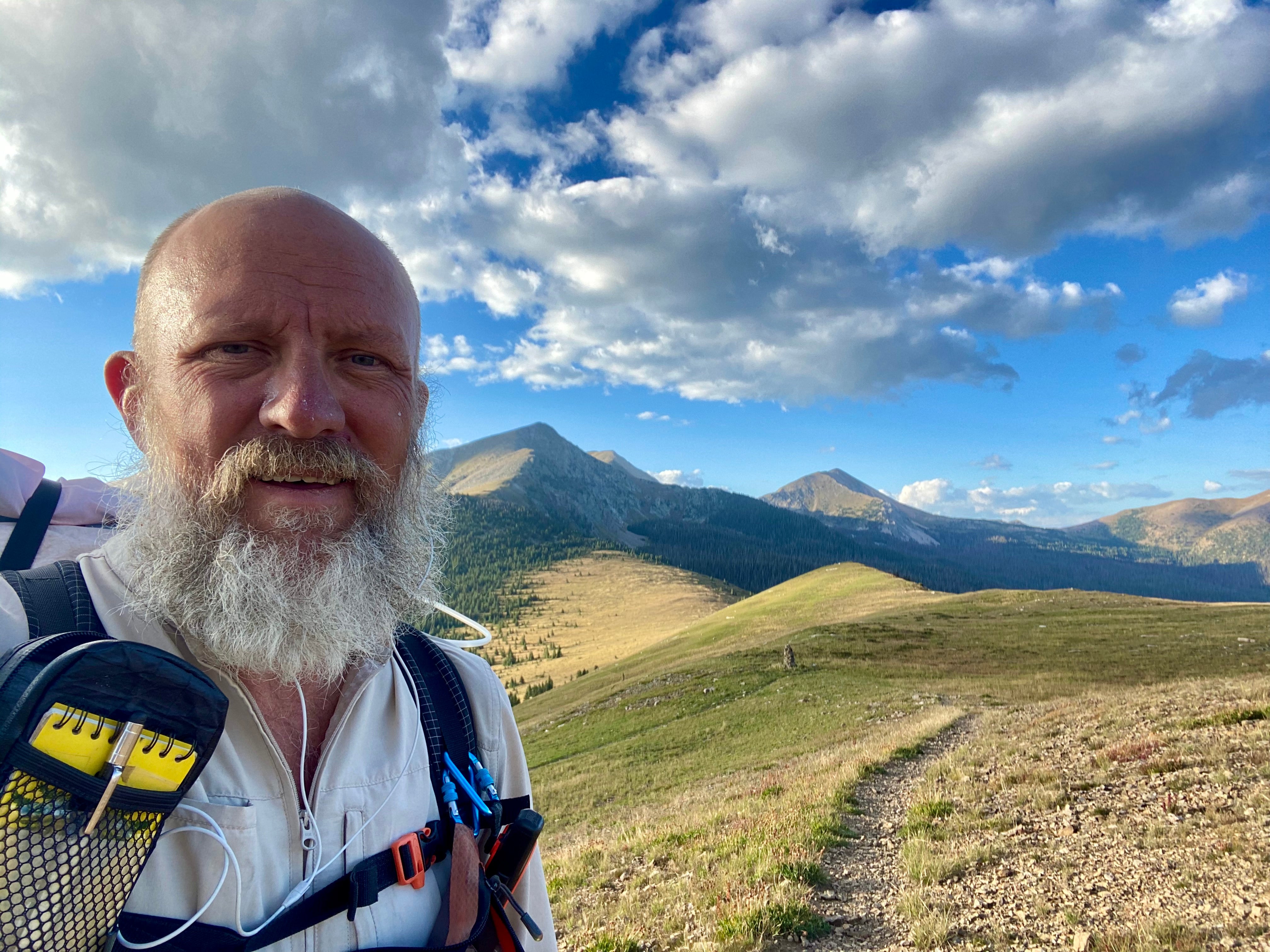
Leave a comment
This site is protected by hCaptcha and the hCaptcha Privacy Policy and Terms of Service apply.